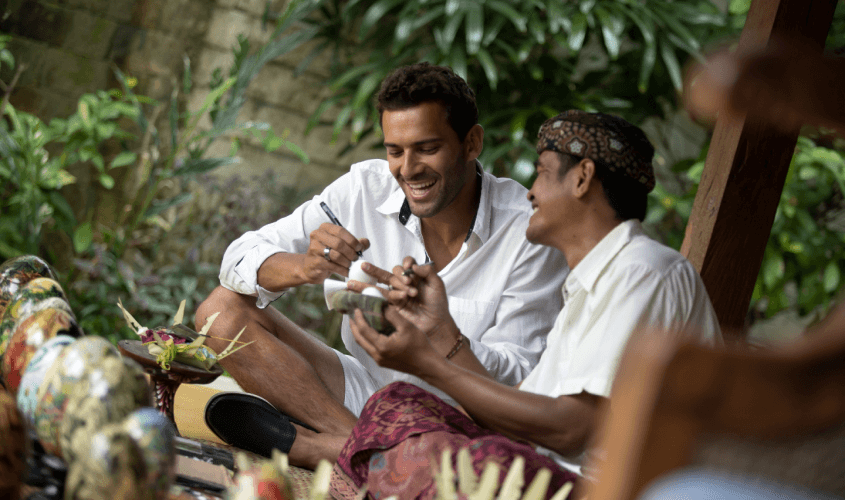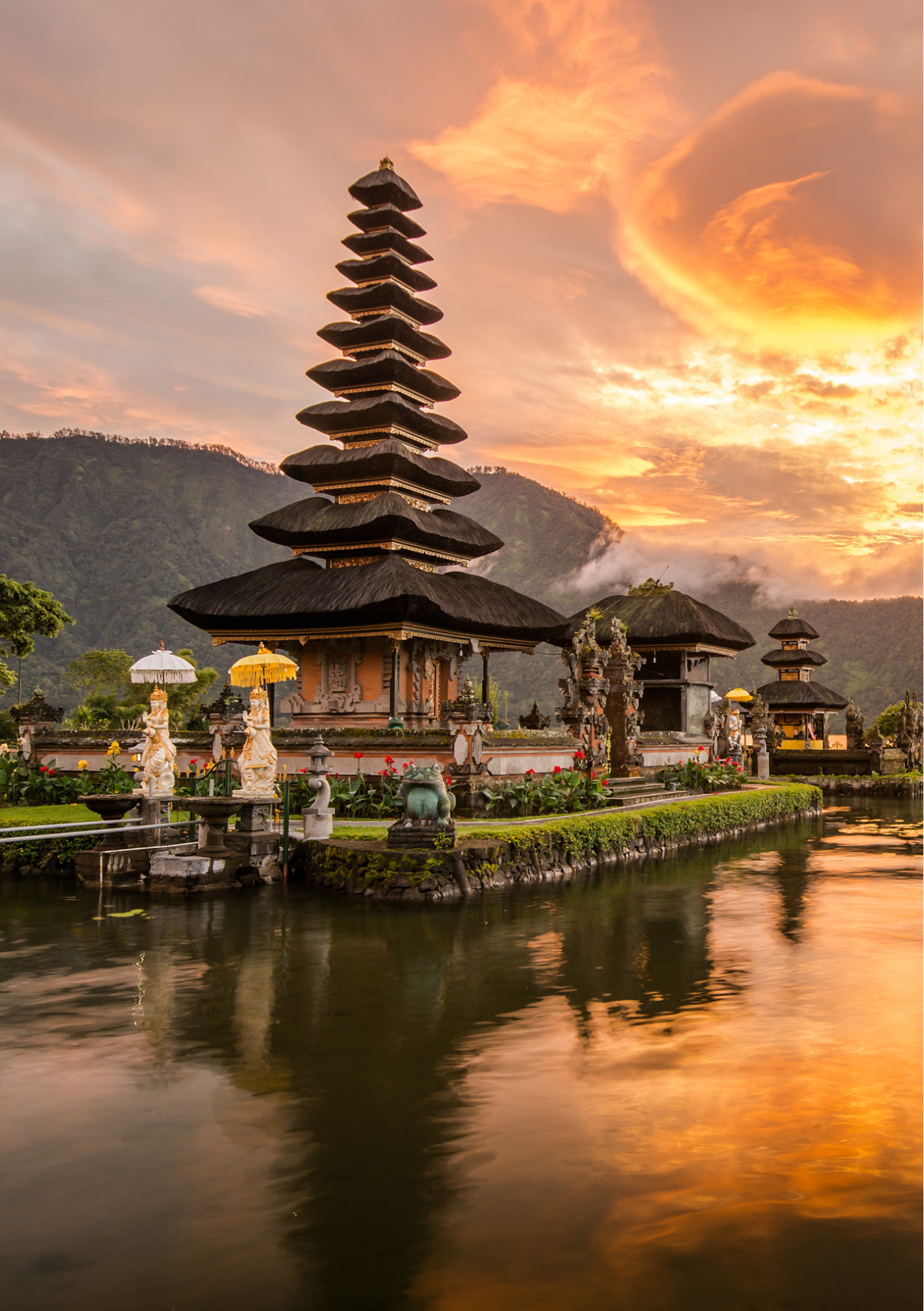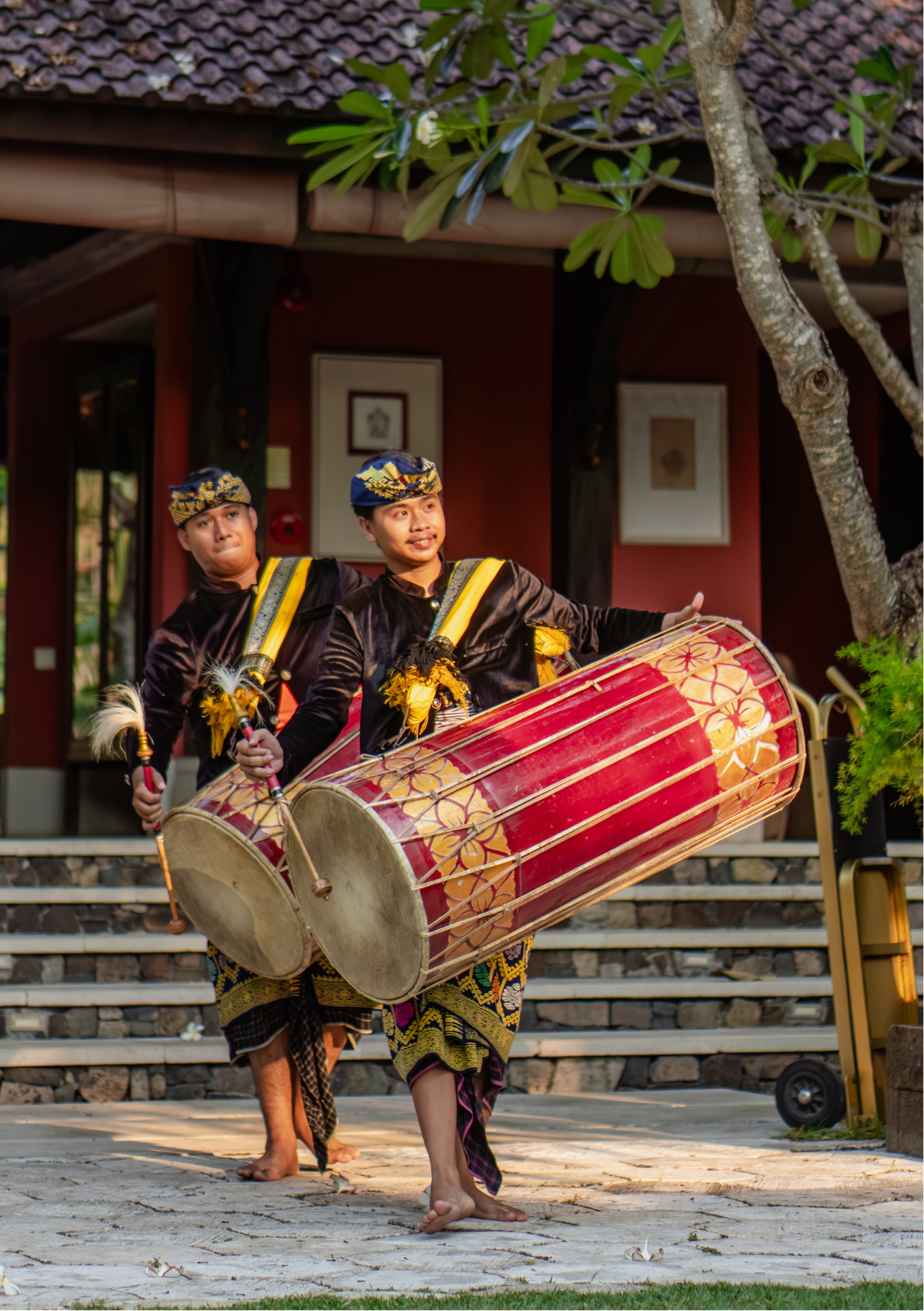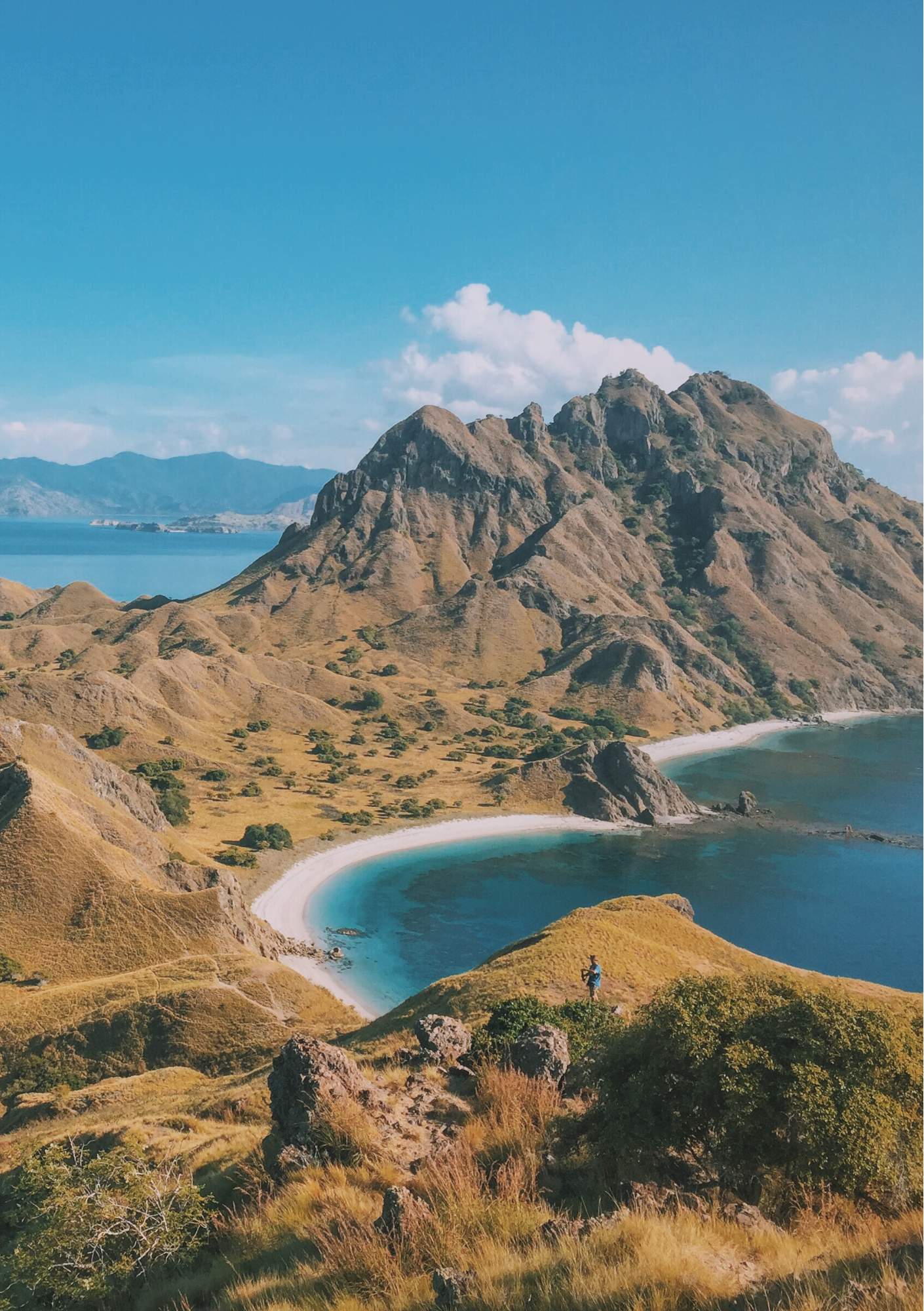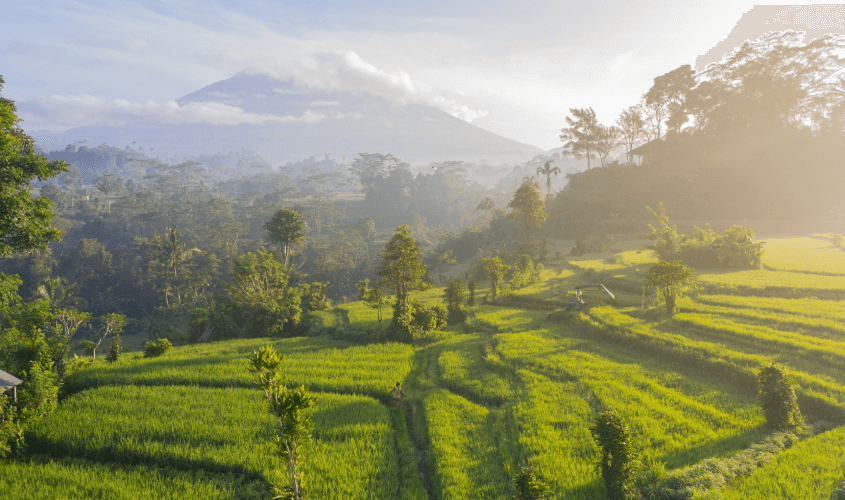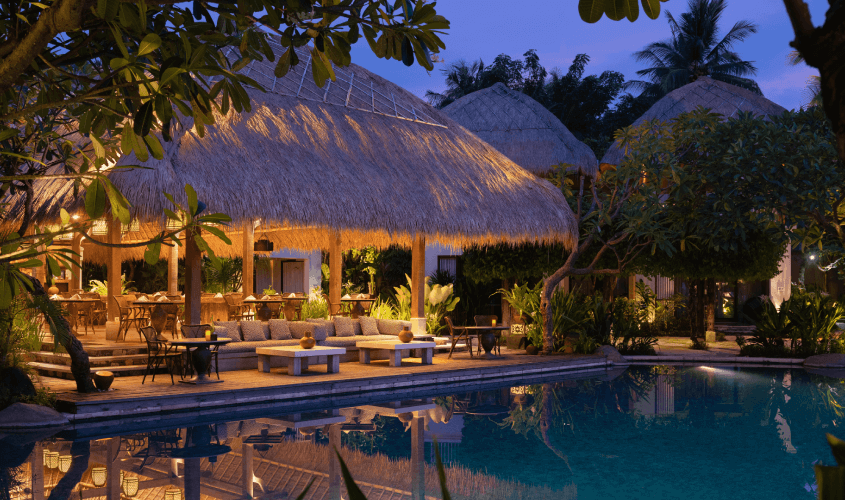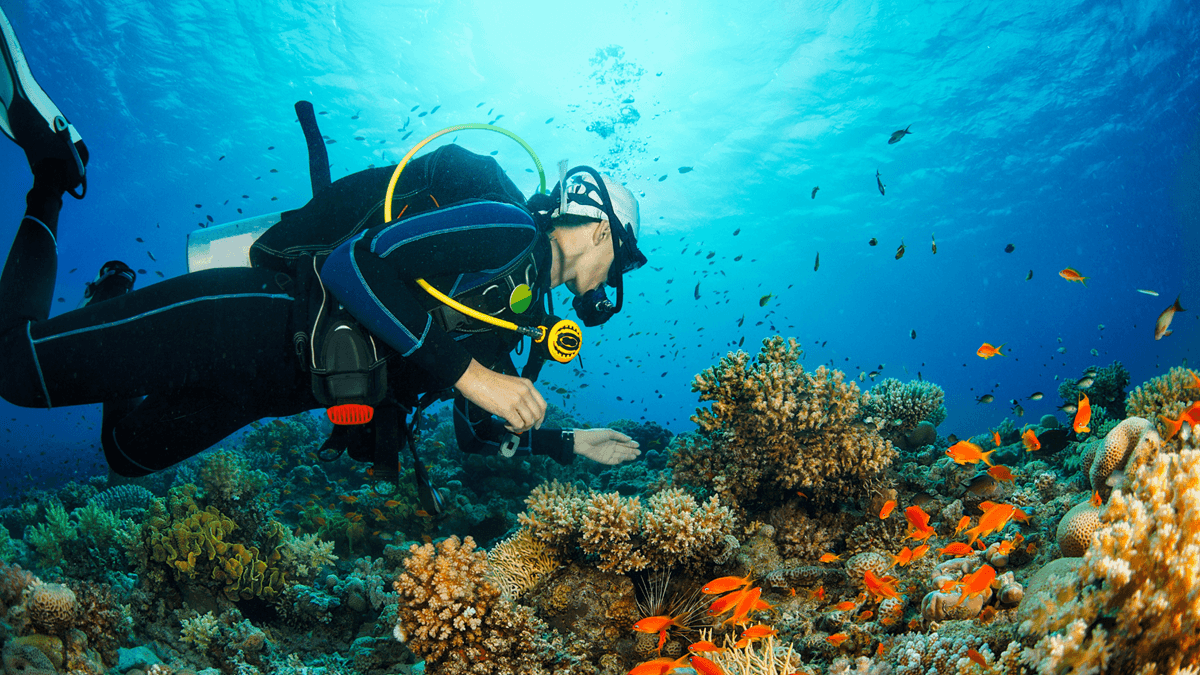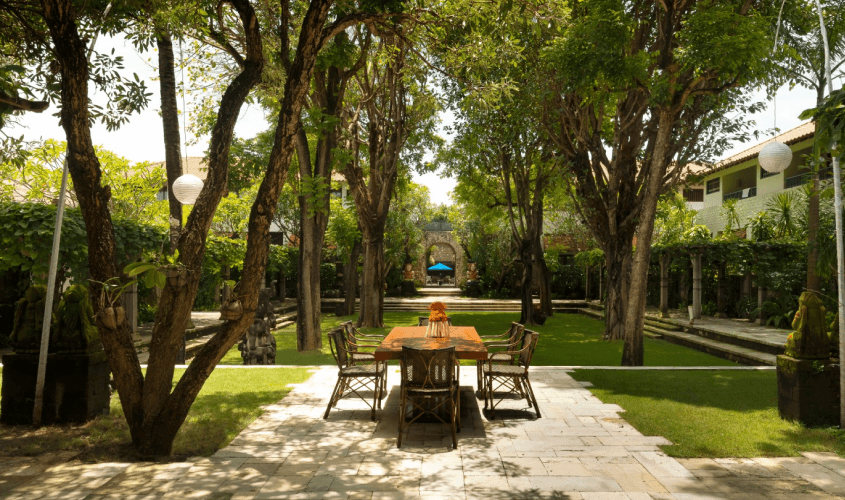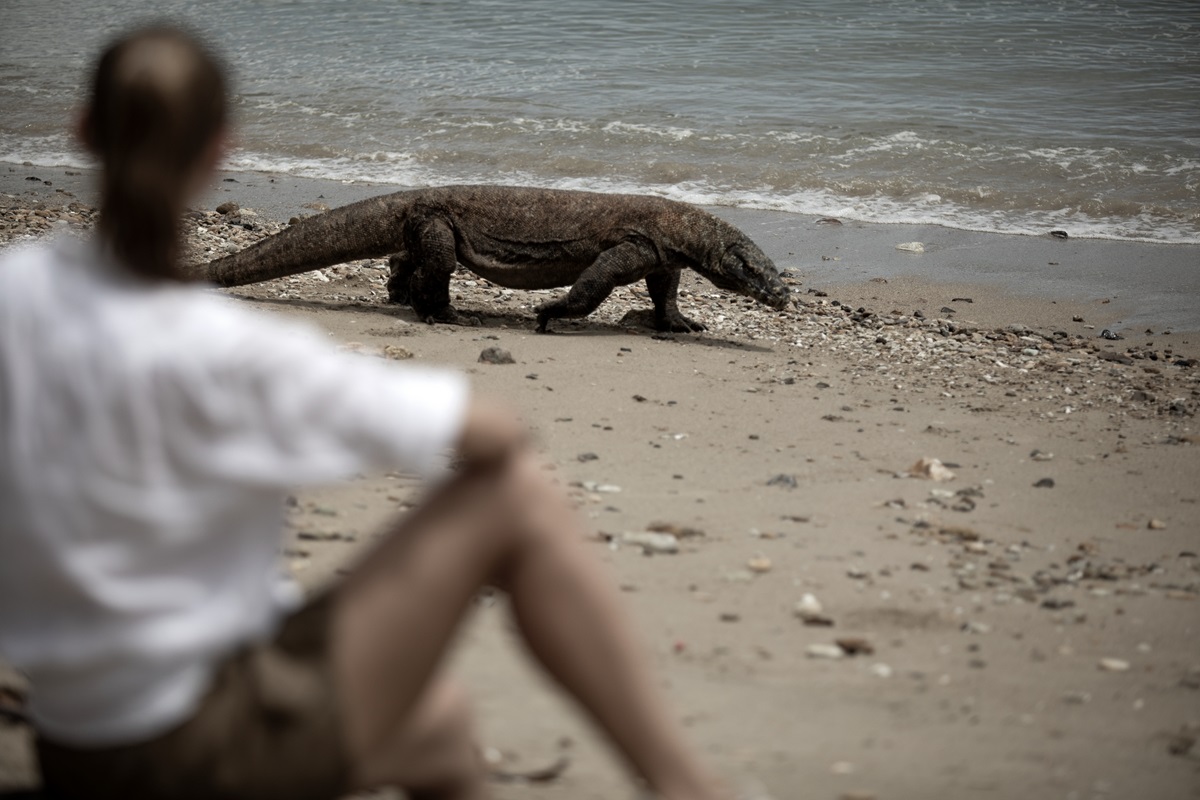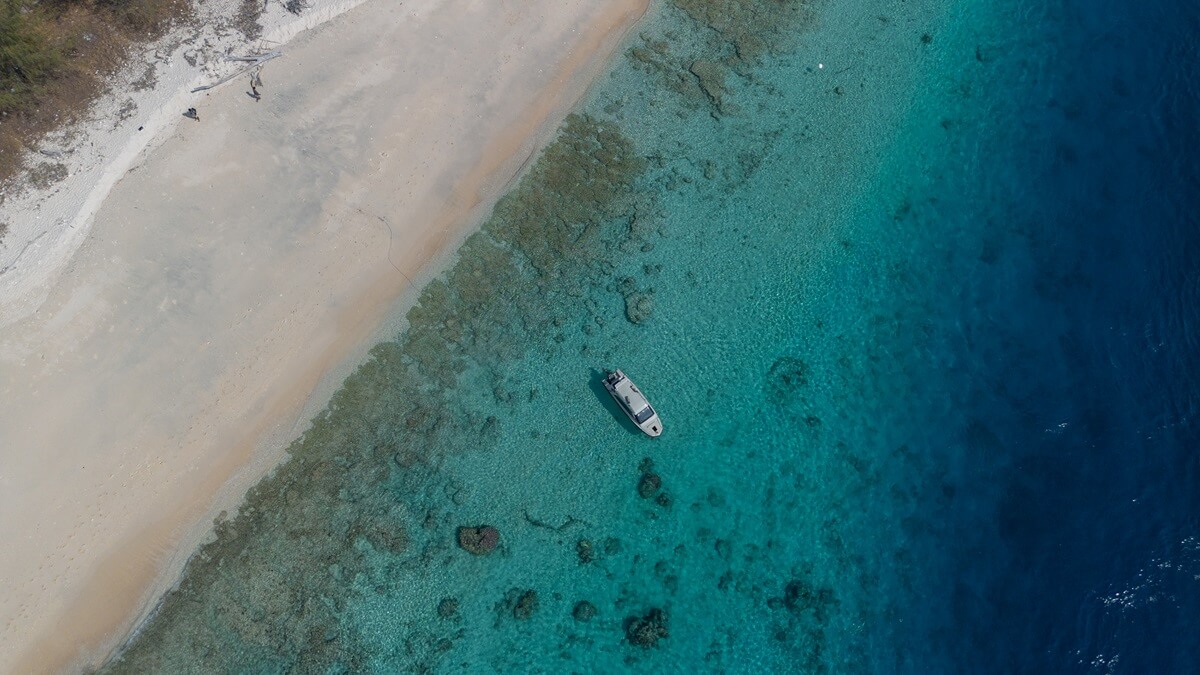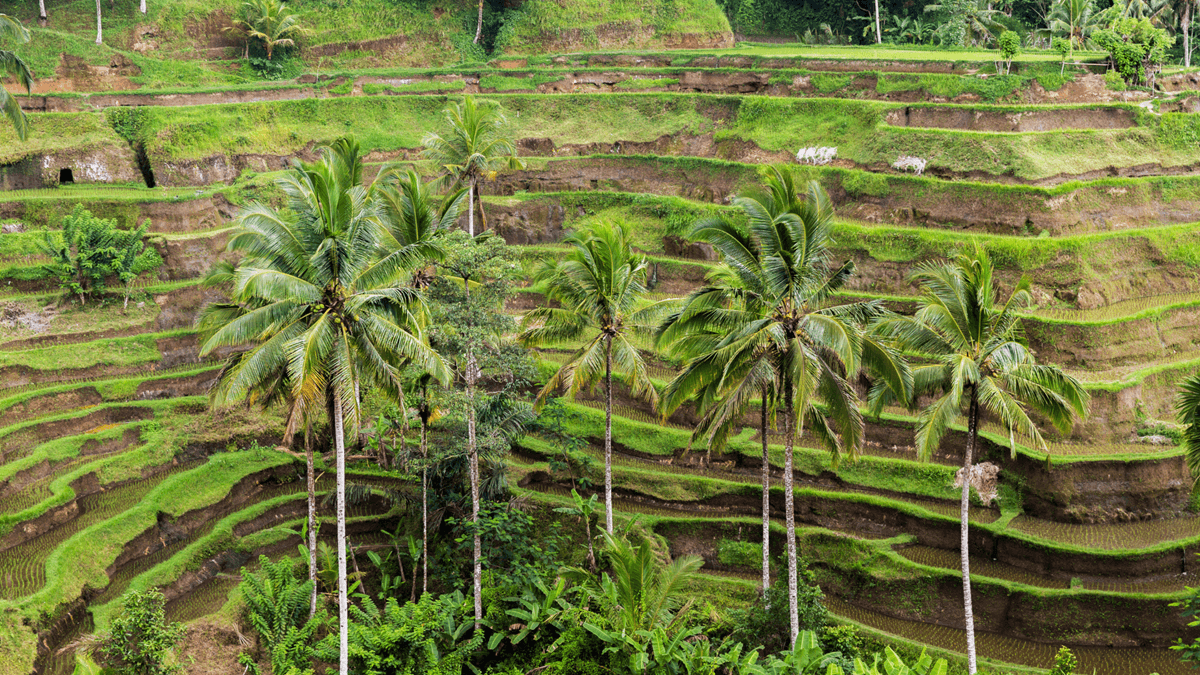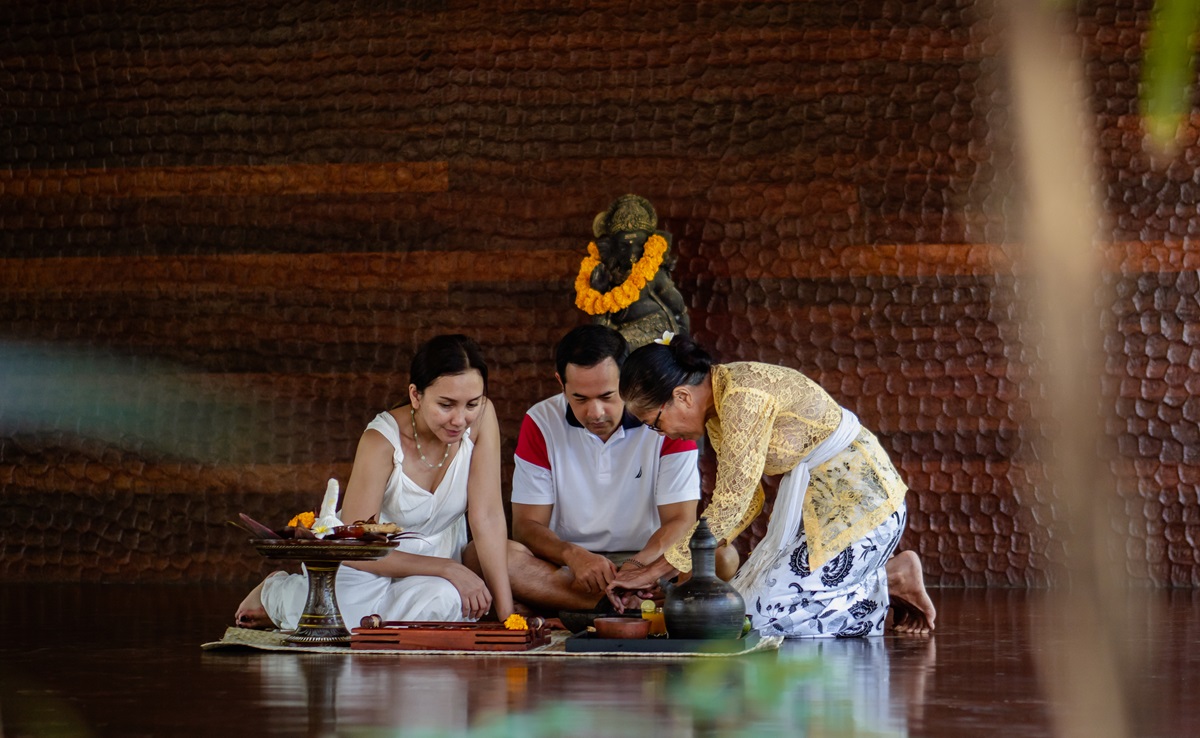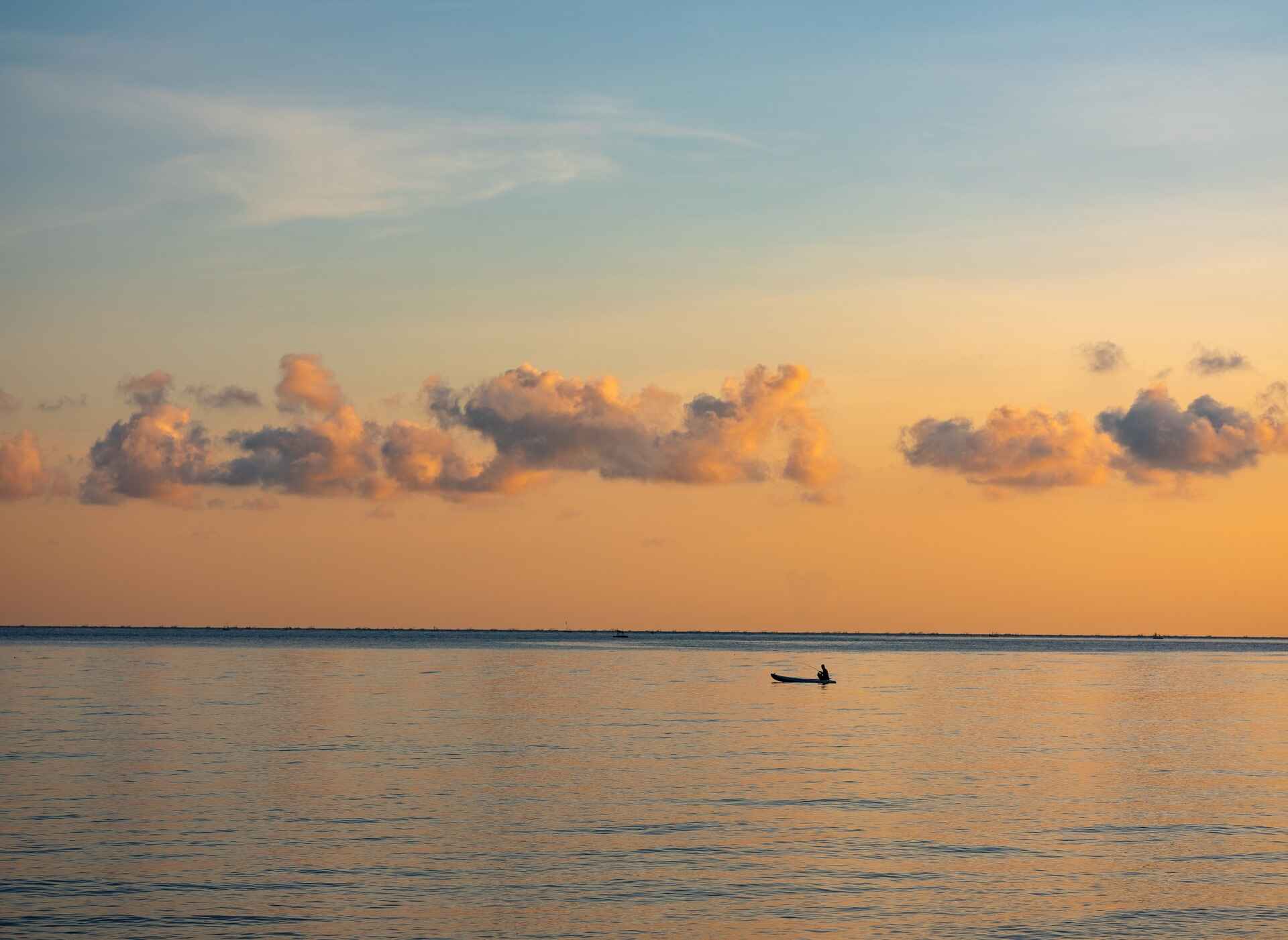In the heart of the Indonesian islands of Komodo, Rinca, Flores, and Gili Motang, a majestic creature reigns—the Komodo dragon (Varanus komodoensis). This formidable member of the monitor lizard family, Varanidae, stands as the largest lizard species, reaching lengths of 3 meters (9.8 feet) and weighing up to 70 kilograms (150 pounds).
As apex predators, Komodo dragons shape and dominate their island ecosystems. Their hunting prowess extends to invertebrates, birds, and mammals. Remarkably, these dragons display unique group behavior in hunting, setting them apart in the reptile world. While the primary diet comprises Javan rusa (Rusa timorensis), carrion is also a significant part of their meals, and they have been known to occasionally confront humans.
The cycle of life for Komodo dragons unfolds with mating rituals between May and August, and the subsequent laying of eggs in September. Around 20 eggs find their sanctuary in abandoned megapode nests or self-dug nesting holes, where they incubate for seven to eight months before hatching in April, coinciding with the abundance of insects. Young Komodo dragons, vulnerable to cannibalistic adults, take refuge in trees. Their maturation journey spans 8 to 9 years, with an estimated lifespan of up to 30 years.
Discovered by Western scientists in 1910, Komodo dragons have become iconic figures in the world of zoo exhibits, captivating audiences with their size and fearsome reputation. However, their survival in the wild faces challenges from human activities, leading to their Endangered status on the IUCN Red List. In a bid to safeguard their existence, Indonesian law protects them, and Komodo National Park, established in 1980, stands as a beacon of conservat


